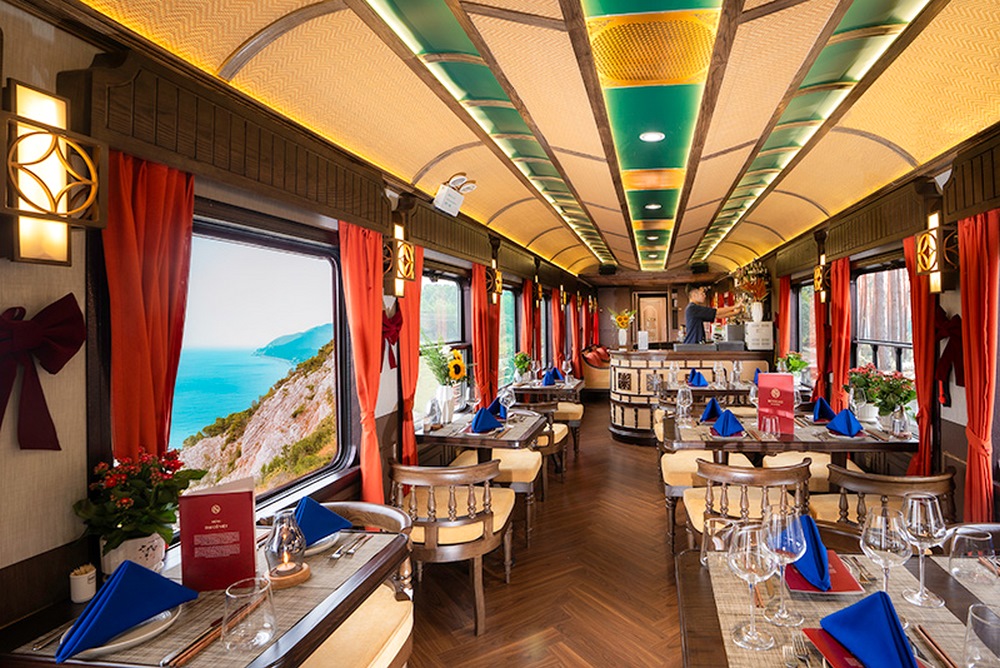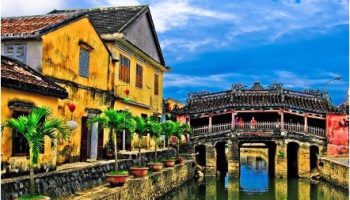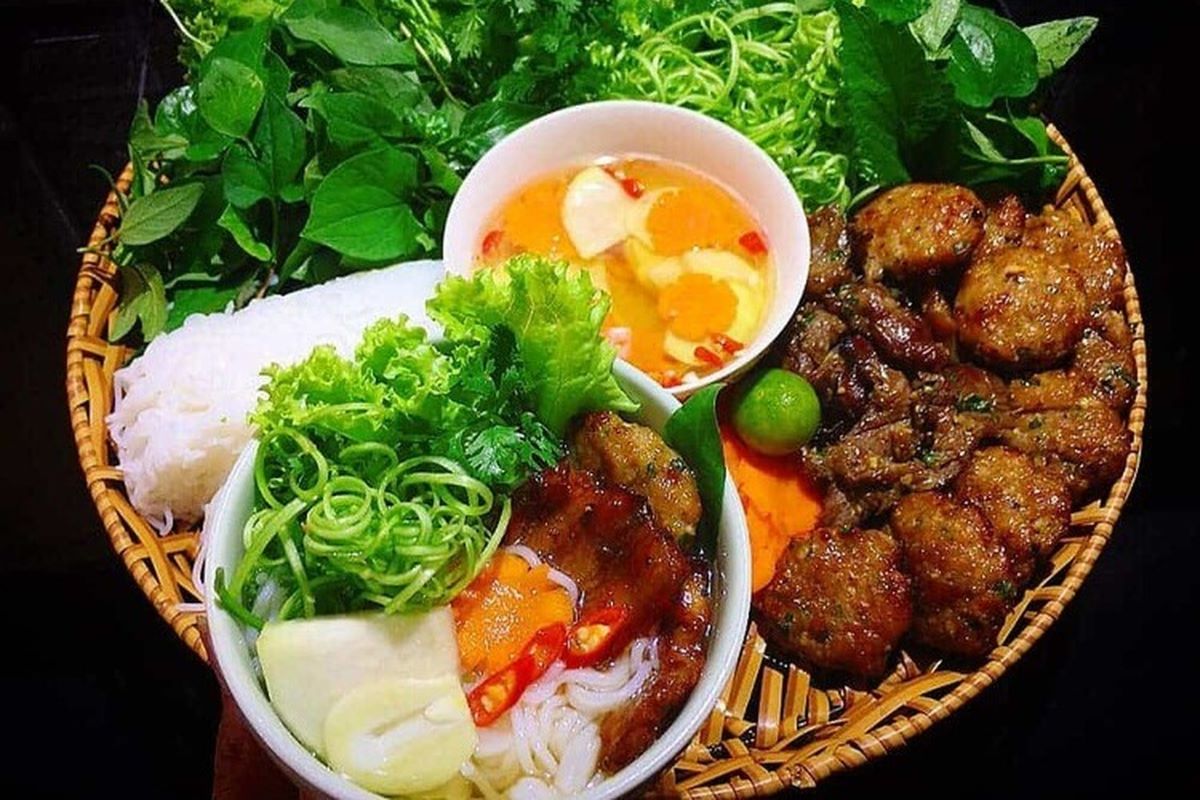
Hanoi Cuisine: A Culinary Journey Through Signature Dishes, Top Dining Spots, and Regional Comparisons
In Hanoi, food is not just a necessity but a way to connect, socialize, and represent the city’s culture and personality. In addition, Hanoi cuisine is famous for its balance of flavors-sweet, sour, salty, and aromatic-creating dishes that are comforting and tasteful.
Table of Contents
ToggleEat like a Local: Hanoi People Eating Habits
Understanding the Hanoian eating habits gives you a glimpse into the culture and flavors behind each signature dish. These habits also reflect the importance of Hanoi cuisine’s fresh ingredients, and seasonal produce such as herbs, and fruit, and even the time of purchase for the fresh meat. Each component plays a vital role in creating the perfect balance of flavors. And, it also highlights the city’s traditions, and social values, showcasing how food serves not just as a nourishment but also a social activity.
Street Food Culture
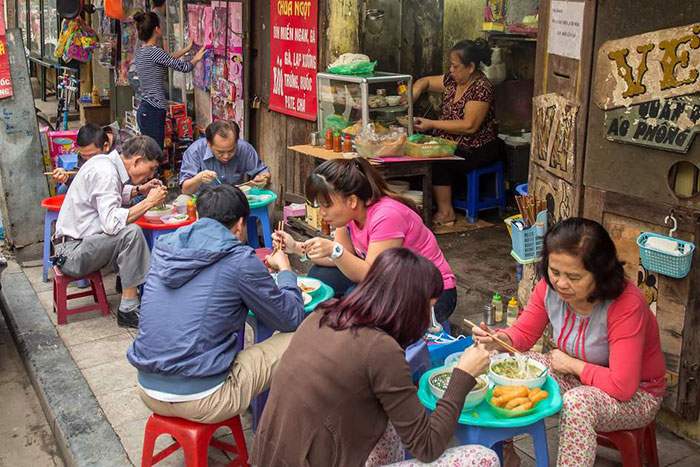
Street Food is a way of life in Vietnam. Street-side stalls and lines of vendors with tables and chairs by the street, offer endless options to satisfy any hungry soul. Aspects that make street food important are its affordability, conveniences, and a social hub. These vendors come from all walks of life just like the visitors, but they all share and connect through a heart-warming dish.
Eating on the go is the norm also – whether standing by a small metal around the corner of the street or sitting on tiny plastic stools – it’s all about taking that one moment to indulge in food and pause in the hustling daily life.
Family Meals
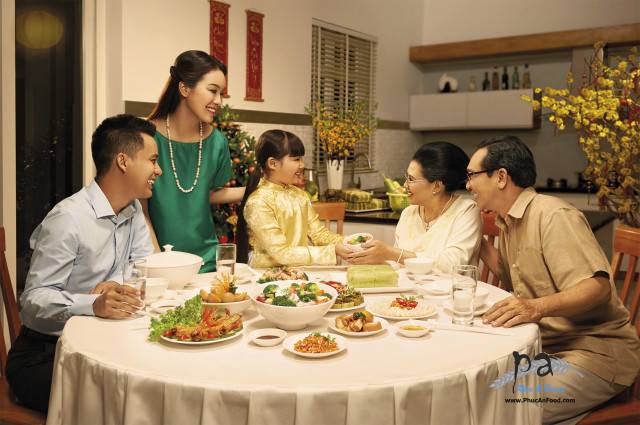
Communal eating is an important tradition where families share dishes in a cozy but cheerful atmosphere. Dinner is usually the highlight of the day when everyone returns home from a tired day of work, excited to feel recharged with delicious dishes. Those meals are often structured around shared dishes that include rice, meat-based dishes, vegetables, and soup. Every dish symbolizes togetherness, focusing on family bonding through food.
Coffee Culture
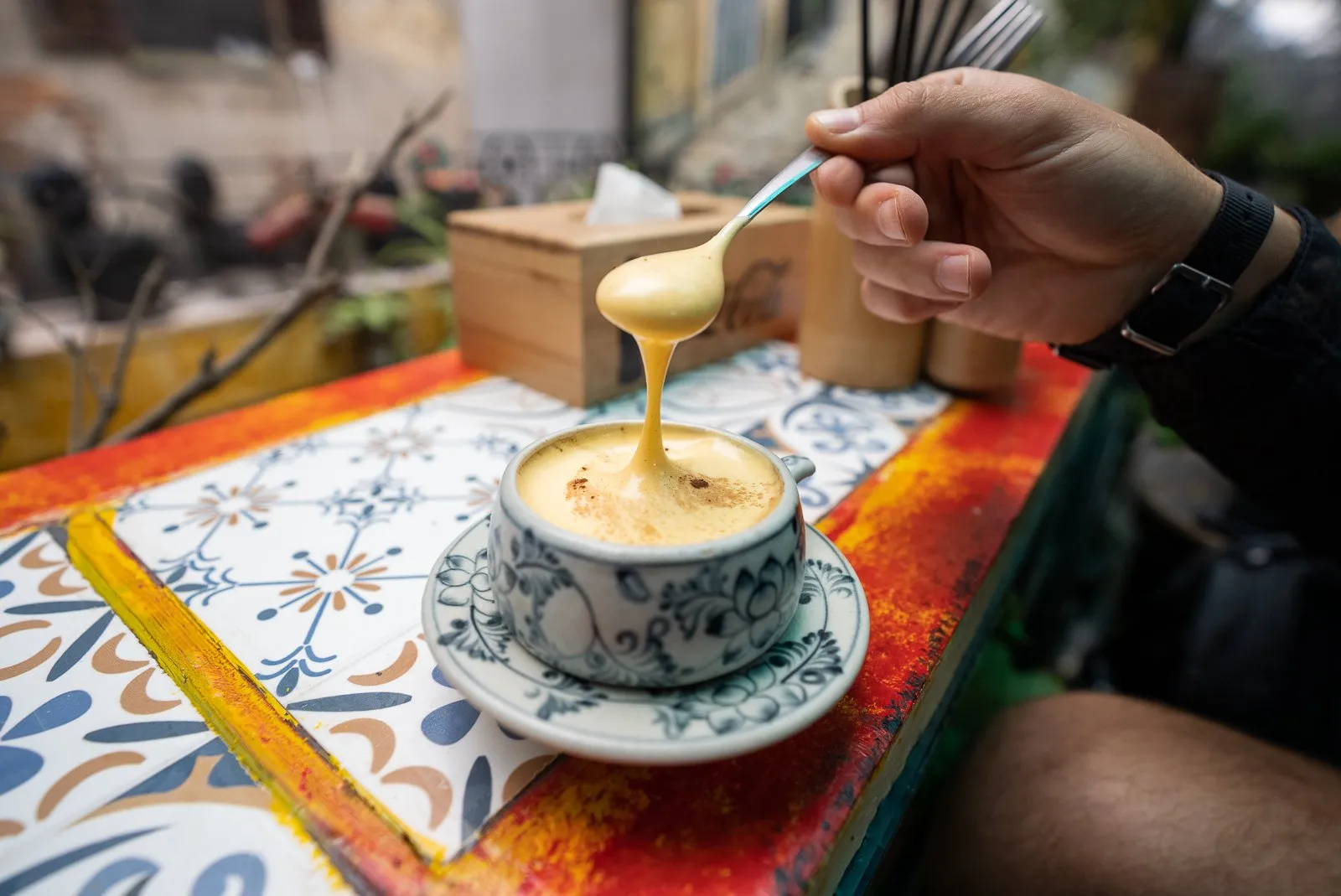
Vietnamese coffee has become a ritual and a daily necessity. That’s why it is easy to find coffee shops at every nook and cranny of Hanoi’s bustling street. The habit of drinking coffee in Hanoi dates back to the French colonial era (late 19th to early 20th century) when coffee was introduced to Vietnam. Since then, it has become a local tradition with the development of various coffee types. Egg Coffee, a signature Hanoi specialty, showcases the city’s creativity and is a must-try when visiting Hanoi.
Early Breakfast & Late-Night Eating
In many cultures, breakfast is an important meal. For Vietnamese, this tradition interlinked with morning markets that began operations before dawn, catering to farmers, traders, and early workers. Vendors and customers needed quick, warm meals to sustain them, fostering a culture of early breakfast stalls.
Similarly, late-night food is a vital part of Hanoi’s nightlife, with street vendors available at various locations to cater to those late-night cravings. Locals and travelers gather at these spots to indulge in grilled meat skewers or steaming bowls of noodle soup, accompanied by cold drinks such as tea or soy milk.
Dining with Friends and Social Gatherings
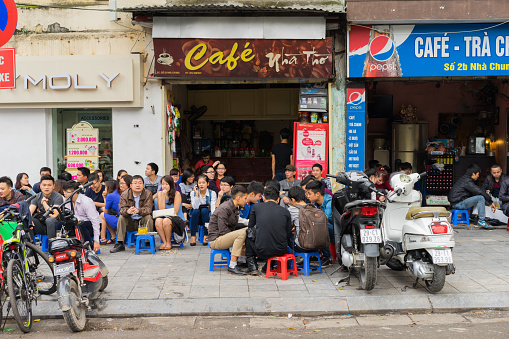
With street food, bonding with friends and neighbors becomes more intimate and wholesome. They break down social barriers or even resolve conflict, and in a way, bring people from all walks of life. Sitting shoulder-to-shoulder on small stools, diners share not only food but also conversations and stories. These shared moments illustrate the communal spirit of Vietnamese culture, not just within the family but also among friends and the community. Food becomes a bridge for storytelling, laughter, and connection.
Signature Dishes of Hanoi
Hanoi cuisine is something spectacular that encapsulates the essence of Northern Vietnam and reflects its unique culinary flavors. Most meals can be enjoyed at any time, but for a true Vietnamese style, devour meals based on the time of day with types of texture or proportion size for that authentic experience.
Breakfast Favorites
Pho (Vietnamese Noodle Soup)
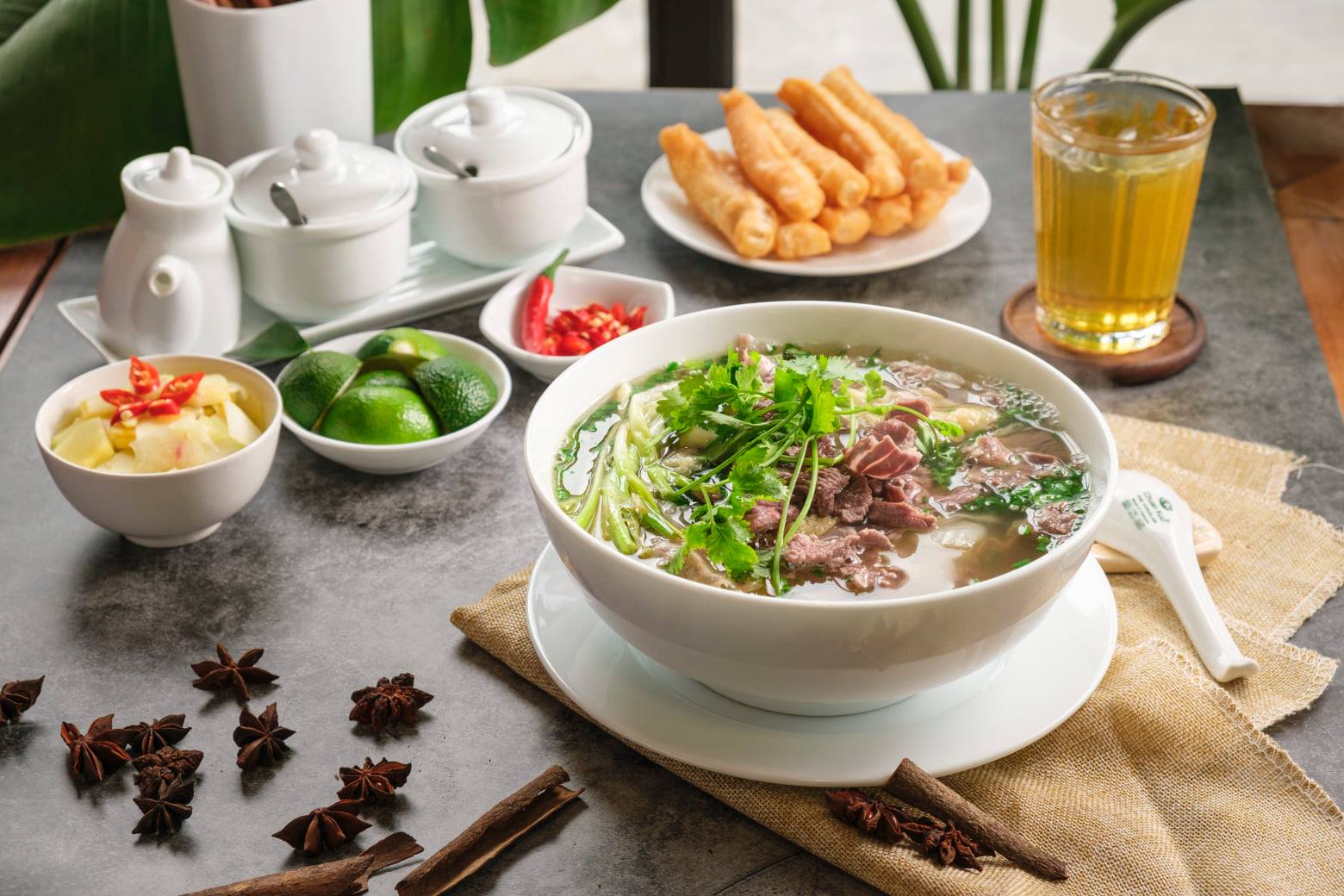
The most iconic dish associated with Hanoi is Pho, a light fragrant noodle soup made with rice noodles, aromatic broth, beef or chicken, and fresh herbs. It is believed to have originated during the French colonial period where it is argued that the name “phở” was derived from the French dish pot-au-feu (a slow-cooked beef stew). Phở’s simplicity with its garnish makes the beauty of the dish. The overall flavor is not too heavy, and not too oily but a balanced flavor, making it scrumptious for any time of the day.
Xoi (Sticky Rice)
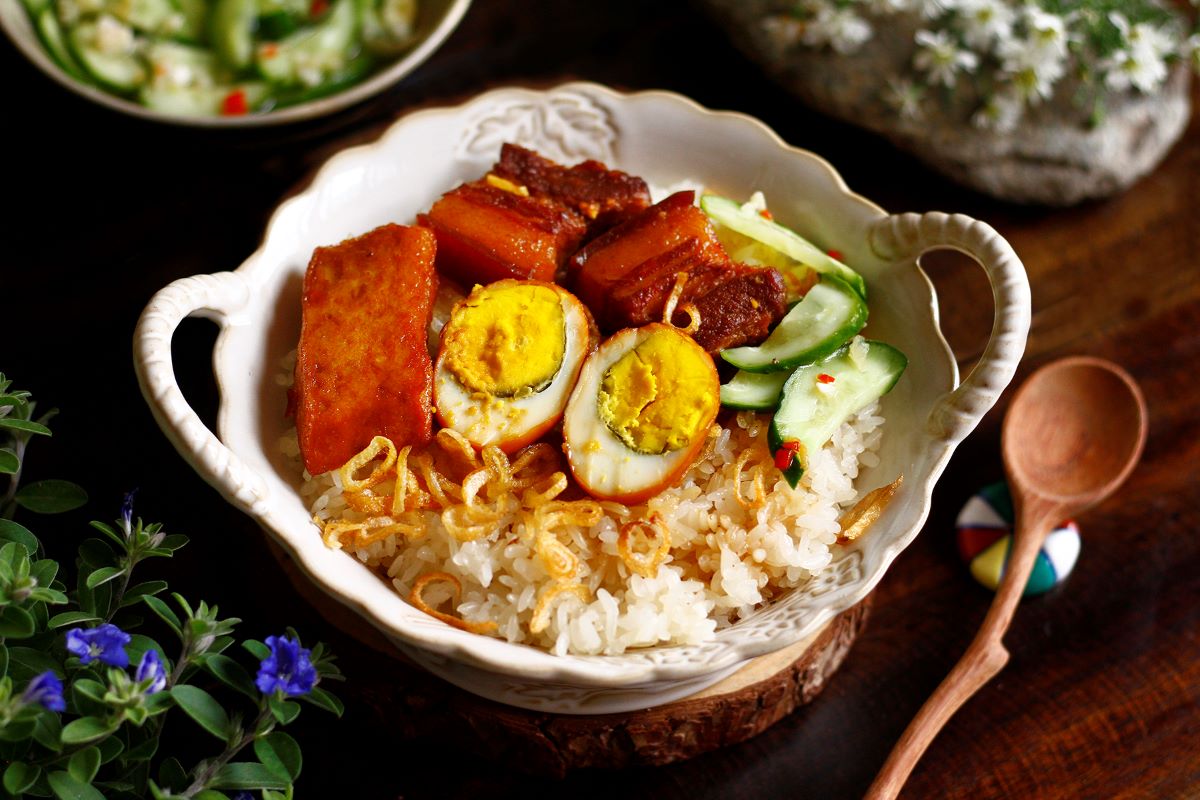
Xôi is a beloved and versatile dish in Vietnamese cuisine that is commonly enjoyed as a hearty breakfast. Made from glutinous rice, Xôi can be sweet or savory, offering a range of flavors. It is paired with an array of toppings such as fried or shredded pork, fried eggs, fried shallots, or slices of Vietnamese pork sausages. Some other options can include toppings like stewed mung beans for added richness. Each Xôi is packed in a banana leaf wrap for that subtle, earthy aroma to the meal, enhancing the overall flavor experience.
Banh Mi
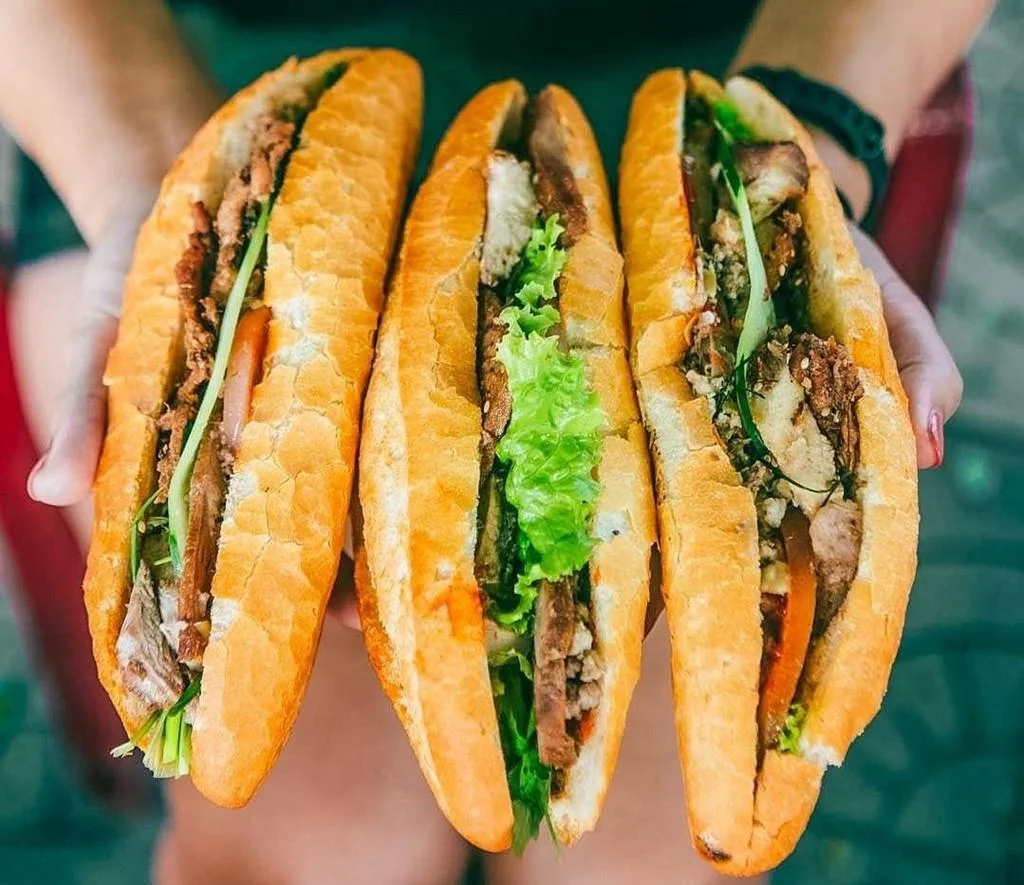
Traditional Banh Mi includes an assortment of ingredients like marinated pork, grilled chicken, fried eggs, pate, or even tofu for vegetarian options. The flavor is balanced with fresh or pickled vegetables like carrots, daikon, and cucumbers. All together, the elements are then hugged and pressed into golden and crunchy bread. There are variations of Banh Mi with creative fillings that are surprisingly tasty. Pairing Banh Mi with a strong black coffee or soy milk is a classic way to enjoy this iconic sandwich.
Lunch Specials
Cha Ca (Grilled Fish)
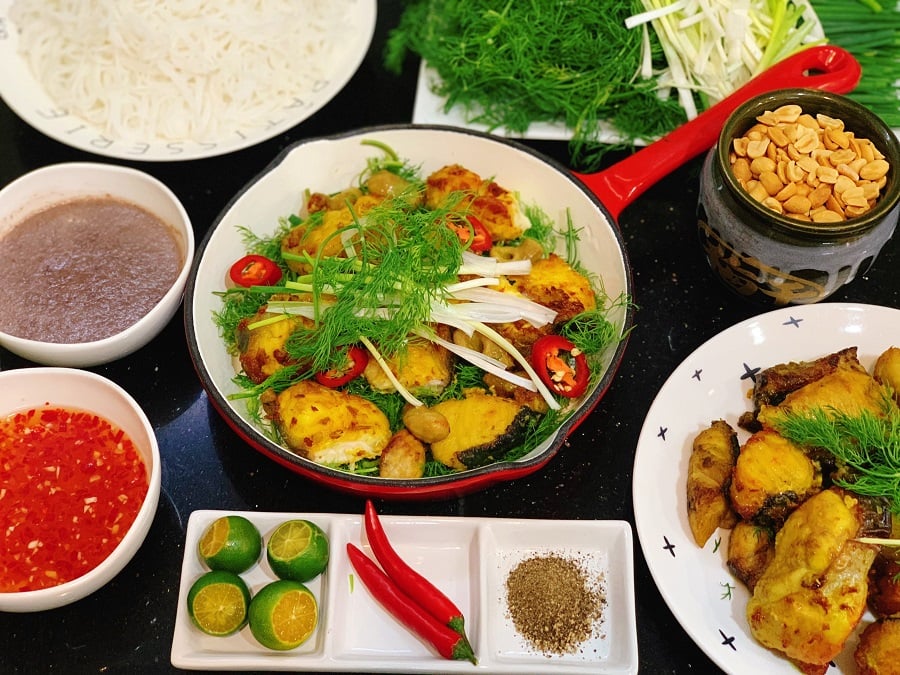
Deeply rooted in the rich heritage of Hanoi, Cha Ca is a must-try for anyone exploring an authentic culinary journey. This traditional Hanoi cuisine comprises grilled fish marinated with turmeric and several spices. It is served with rice noodles, fresh herbs, roasted peanuts, and a savory fish sauce. The origins of this dish can be traced back to the Old Quarter of Hanoi where it was developed as a way to utilize local fish and integrate unique regional spices into a flavorful and fun dish. Cha Ca is best served hot, so during winter, it is an ideal dish for special occasions or a quick and easy meal after hours.
Bún Chả

This iconic dish of Hanoi – Bún Chả is an example of simplicity that meets balanced flavor. It features tender, smoky, slightly burned pork, served with rice noodles, spring rolls, and fresh salads. The best part is having all those components elevated in a sweet and savory fish sauce-based dipping broth. It is part of the charm that makes Hanoi so lovely as you can smell the scents of grilled pork around the Old Quarter street. Whether enjoyed at a local market or in a cozy neighborhood eatery, Bún Chả offers a taste of Hanoi’s charms—a fresh, simple yet filling dining experience.
Dinner Favorites
Lau (Hot Pot)
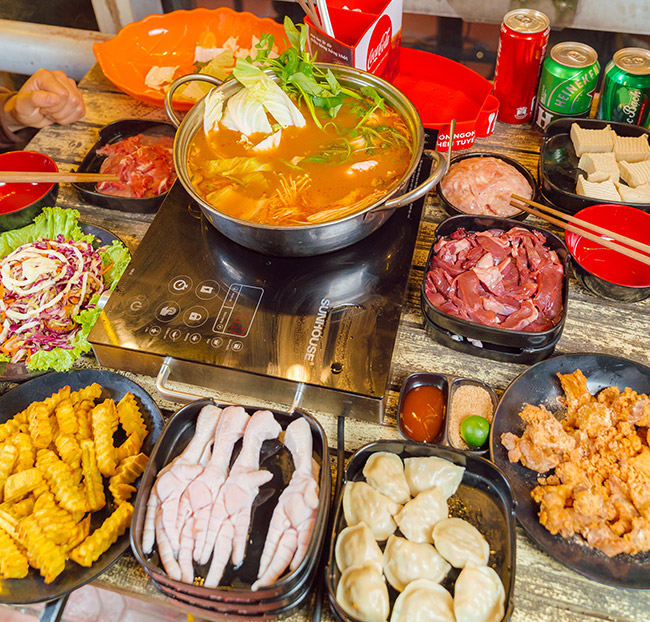
Lẩu, or hot pot, is a popular and cherished dining experience in Vietnam, especially in the cooler evenings of Hanoi. Known for its interactive and hands-on nature, Lau brings friends and family together to share food, laughter, and conversation over a steaming pot. It combines the joy of
cooking, dining, and chatting all together for an engaging way to enjoy life.
The ingredients used in Lau are diverse, reflecting the freshness, variety, and creativity of Vietnam’s markets. Popular choices include pork, beef, and frogs to seafood along with an assortment of local vegetables like cabbage, and mushrooms. The dipping sauces are the final touch that brings all of the textures and flavors together. Traditional sauces like fish sauce with lime, chili, garlic,… are common accompaniments.
Nuong (Grilled Meat)
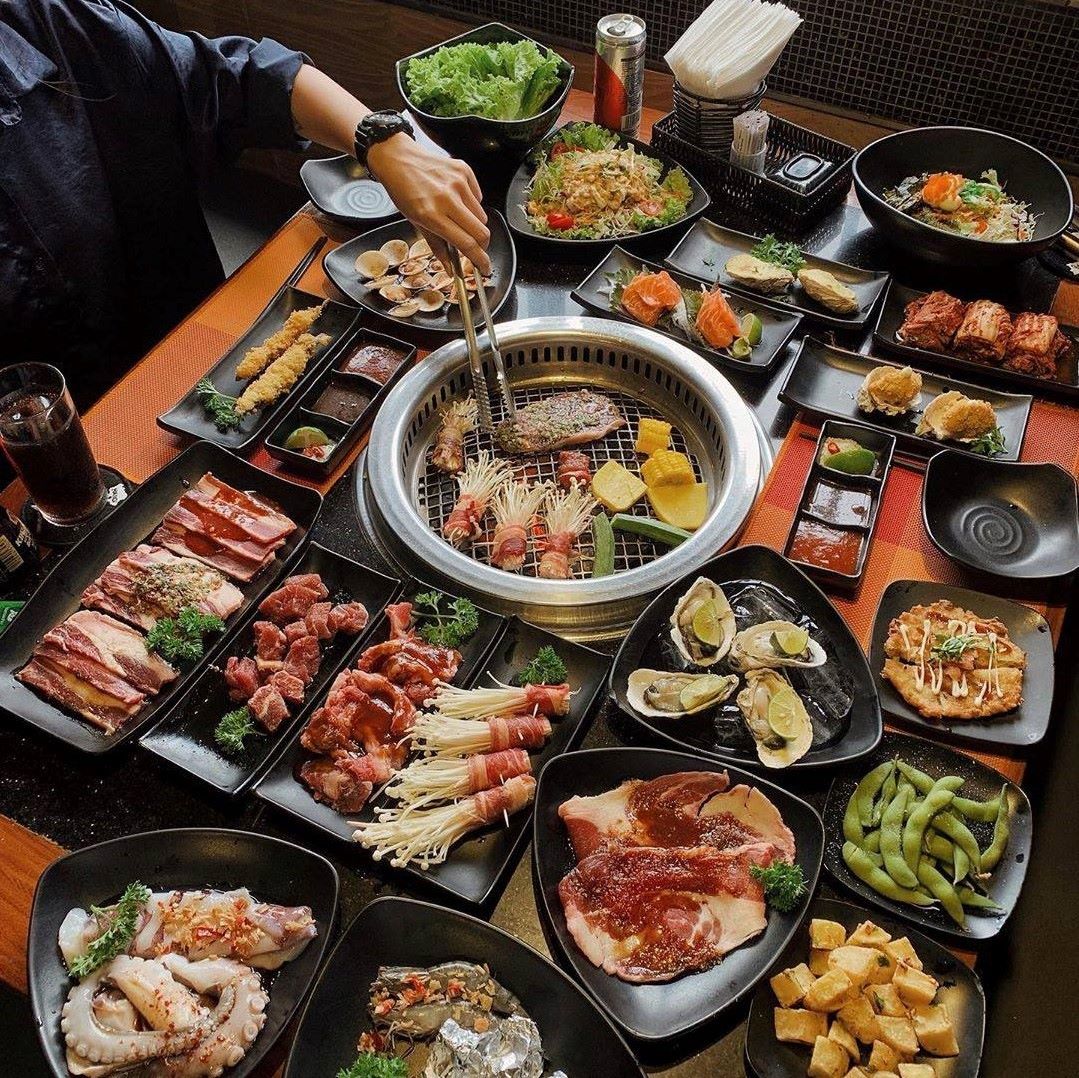
Similar in terms of ingredients and dipping sauce like Lau, Nuong is the art of grilling, where meats, seafood, and vegetables are marinated in a variety of seasonings before being cooked over open charcoal flames. The marination combines soy sauce, fish sauce, garlic, lemongrass, sugar, and spices, creating a harmonious mix of savory, sweet, and aromatic taste. There are various Nuong restaurants and each carries their own signature style, but the fundamentals are always served right for that consistent but distinctive flavor.
Through time, Nuong has become more than a method of cooking, it is an experience that brings people together. Thanks to its quick and easy preparation, Nuong can be enjoyed from casual street-side areas to family gatherings and celebratory meals, and truly embodies the values of sharing, connection, and enjoying life through food.
Top Locations to Experience Hanoi Cuisine
Exploring the city you can find vendors at every nook and cranny of the street. This sprawling, lively city and its food scene is a patchwork of hidden gems, street markets, and upscale dining establishments. There are multiple ways to experience its culinary culture. Start your journey at these establishments for an impactful culinary journey:
Old Quarter Street Food Tour
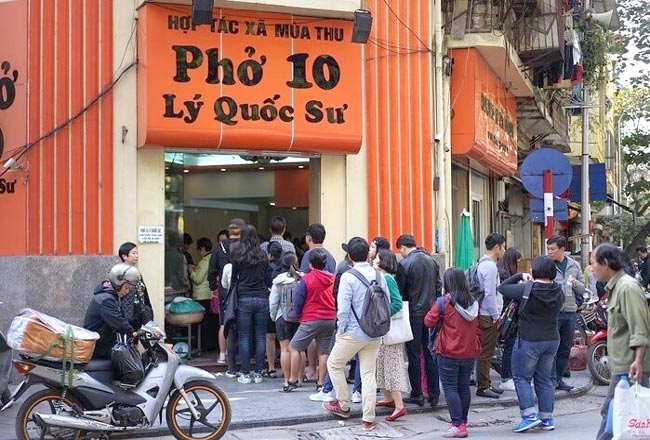
This bustling area is the heart of Hanoi cuisine because of its maze-like streets filled with history, culture, and irresistible aromas. This bustling area is a must-visit for food enthusiasts. It is an adventure at every corner of the street, so stay hungry and be mind-blown for various options inviting you to taste. Must-Try Dishes on an Old Quarter Food Tour:
- Phở (Vietnamese Noodle Soup): Try a bowl at Phở Gia Truyền Bát Đàn (49 Bát Đàn Street), Phở Thìn (13 Lo Duc Street), or Phở Mười Lý Quốc Sư (10 Ly Quoc Su Street)
- Bún Chả: Head to Bún Chả Hương Liên (24 Lê Văn Hưu Street), famously visited by President Obama, for a taste of this iconic dish. Other options include: Bún Chả 34 (34 Hang Than Street), Bún Chả Đắc Kim (1 Hang Manh Street)
- Bánh Mì (Vietnamese Sandwich): Bánh Mì 25 (25 Hàng Cá Street), Bánh Mì P (12 Hang Buom Street), or Bánh Mì Chảo Hoà Mã (51 Hang Buom Street) are some of the local favorites.
- Egg Coffee (Cà Phê Trứng): End the tour on a sweet note with a cup of cà phê trứng, at Café Giảng (39 Nguyễn Hữu Huân Street)
Dong Xuan Market
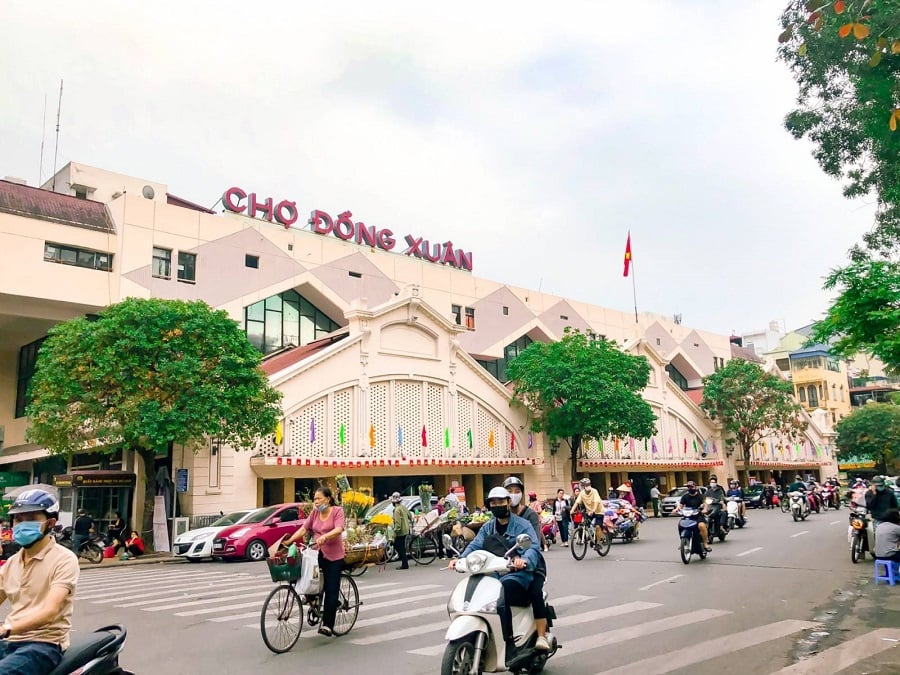
Dong Xuan Market, located in the heart of Hanoi’s Old Quarter, is one of the most bustling marketplaces and a paradise for food lovers. This multi-story indoor market offers a mix of shopping and dining. For both locals and visitors, it’s the perfect spot to experience the essence of Hanoi’s culinary and cultural life. Street Food Highlights at Dong Xuan Market:
- Phở Cuốn (Rolled Noodles): A variation of the classic noodle soup, phở cuốn features flat rice noodle sheets rolled with beef and herbs, served with a tangy dipping sauce.
- Bánh Tôm (Shrimp Cakes): A specialty of the market, these crispy deep-fried shrimp cakes are made with sweet potato batter and whole shrimp, served with pickled vegetables and fish sauce for dipping.
- Xôi (Sticky Rice): Xôi comes in savory and sweet varieties including xôi xéo (sticky rice with mung bean paste and fried shallots) and xôi gà (sticky rice topped with shredded chicken).
- Ốc (Snails and Shellfish): Seafood lovers can enjoy ốc luộc (steamed snails) or ốc xào me (snails stir-fried in tamarind sauce), served with lime chili dipping sauce.
- Chè (Vietnamese Sweet Soup): Finish your meal with a bowl of chè, a dessert made with beans, jellies, coconut milk, and tropical fruits. The variety here includes chè đậu đen (black bean soup) and chè thập cẩm (mixed sweet soup).
Street Vendors & Hidden Gems
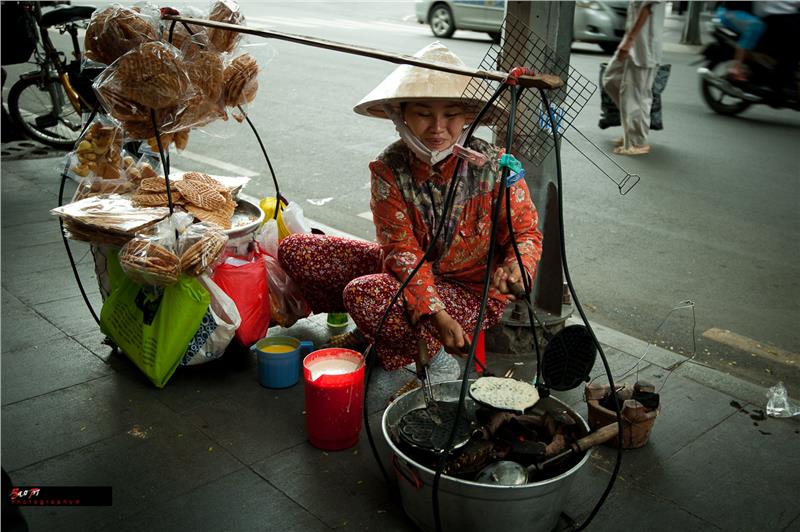
While popular areas like Dong Xuan Market offer a wide variety of options, the excitement extends to hidden gems throughout the streets of Hanoi. There are local, family-based vendors tucked away from the bustling tourist areas, allowing you to immerse in a true local fashion. The quest requires you to do a bit of research to embark on your own adventure and indulge in some of the dishes off the beaten track. Here are some suggestions: Cháo Lươn (Rice Porridge with Freshwater Eel) – 32 Phủ Liễn Street, Bánh Tráng Nướng (Vietnamese-style grilled rice paper) – Hoàng Mai area, Goat Hot Pot (Lẩu Dê) – 40 Trần Xuân Soạn Street,…
Upscale Restaurants for Various Preferences
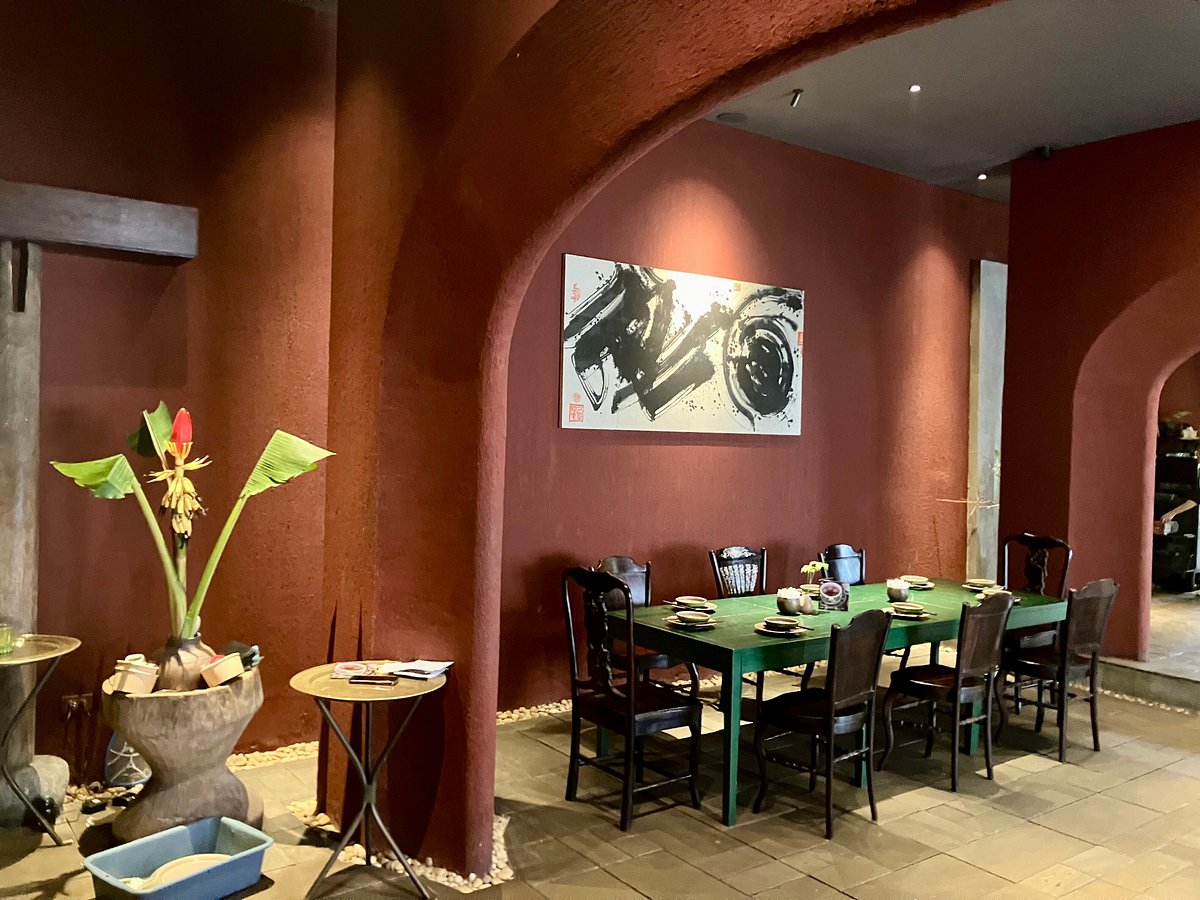
Hanoi offers elevated luxurious fine dining in addition to the local family-owned shops. Notable mentions infuse with the extravagance of Hanoi cuisine are Quan An Ngon (18 Phan Boi Chau Street), Sofitel Legend Metropole Hanoi – Le Club Restaurant (15 Ngo Quyen Street) or Maison Sen Buffet (61 Tran Hung Dao Street),…
For vegan and vegetarian options, Hanoi invites you to delve into unique experiences from popular vegan restaurants such as Uu Dam Chay (55 Nguyen Du), Met Restaurant (29 Hang Trong Street), or Chay Vi Lai (177 Bui Thi Xuan Street),… Each establishment offers something fun and tasteful on its own, reflecting the deliciousness of Hanoi cuisine in its own style.
For an on-the-go adventure with the unmatched beauty of the scenery, embarking on luxury sleeper trains such as the SJourney train is an ideal option. The train offers a taste of Northern Vietnamese cuisine through a curated selection of signature dishes, capturing Hanoi’s essence onboard. Signature Northern dishes, such as Pho and grilled fish, are highlights of the journey. Eating aboard the SJourney is more than just a meal—it’s a part of the journey itself. Explore more of the itinerary here.
Comparison: Hanoi Cuisine vs. Other Regional Cuisines in Vietnam
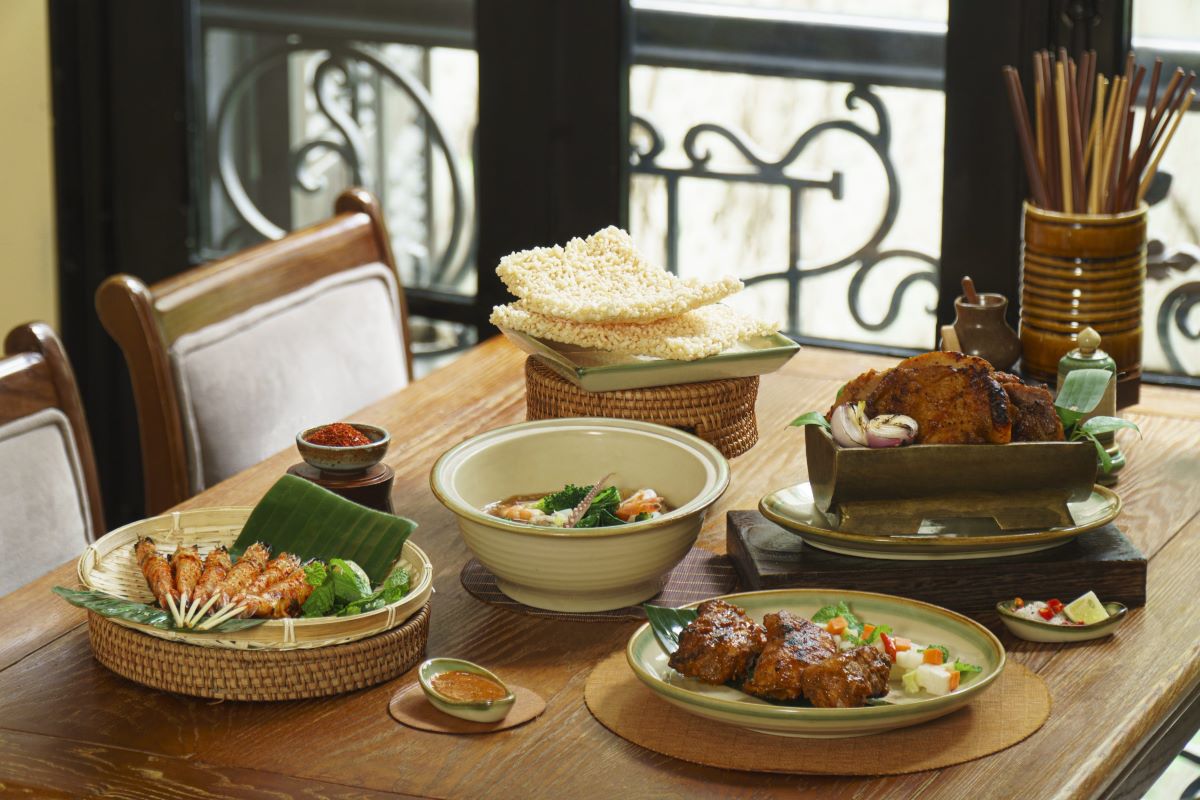
Vietnamese cuisines vary dramatically, with each region carrying a signature taste. While Hanoi represents Northern Vietnamese cuisine with its lighter broths and simpler ingredients, other regions expand the nation’s characteristics with opposite flavors, reflecting the diversity in not only culture but also through food. Here’s a quick breakdown of the difference in regional cuisines:
- Northern Vietnamese Cuisine: Known for light broths, herbal elements, and the use of minimal spices. Pho is a prime example.
- Central Vietnamese Cuisine: More complex flavors, influenced by imperial kitchens and heavy use of spices.
- Southern Vietnamese Cuisine: Sweet, bold flavors, with a focus on seafood and vibrant seasonings.
An Endless Culinary Journey with Hanoi Cuisine
From aromatic broths to sizzling street-side grills, Hanoi’s food scene is a reflection of its vibrant culture, making it a must-visit destination for food enthusiasts. Whether you’re exploring iconic dishes like Pho and Bun Ca, exploring local markets, or dining at hidden gems, the culinary journey through this vibrant city promises unforgettable experiences. Let’s embark on this delicious journey.
Read morre:
Central Vietnamese Cuisine: Must-Try Dishes & Hidden Gems
Vietnamese Cuisine: The Differences in Cuisine Across the Three Regions North – Central – South





